It’s been sixteen years since Heather Jo Flores published the book Food Not Lawns, and the #nolawn revolution is picking up pace faster than you can say “No Mow May.”
Since you started reading this article, I’ll assume you have at least a vague idea of the disadvantages of maintaining a well-manicured lawn.
Lawns are resource hogs – they gobble up vast quantities of water and require fertilizers, pesticides and herbicides to keep them looking good (by traditional standards, of course). But the most valuable resource that lawns squander is time wasted on maintenance … as if our lives aren’t hectic enough.
Despite being so resource-intensive, lawns do very little for their surrounding environment because they offer nothing to pollinators or to other beneficial insects.

I won’t go deeper into why lawns should be a dying breed of landscaping, but if you want to read more, have a look at this article on Rural Sprout where Cheryl shares facts and figures that will hopefully convince you that lawns aren’t worth the trouble.
But don’t be discouraged if you’re not quite ready to turn your lawn into a food-producing space described in Food Not Lawns. There is a transitional way to get rid of high-maintenance grass while still maintaining that lawn look.
I’d like to spend the rest of this article focusing on solutions rather than reiterating the problem with lawns. If you’re also looking for solutions and figuring out what the best no-mow lawn alternatives are, read on.
When selecting these suggestions, I kept a few simple criteria in mind:
- Lawn replacements have to be low maintenance;
- Lawn alternatives shouldn’t require too much water;
- Lawn alternatives should provide good ground coverage;
- and they should be perennial (or at least not require replanting annually).
Some of these no-mow options are ground covers, so they’ll just behave like a lawn that your kids and pets can happily play on. While others grow taller and can be used to fill up the vertical space.
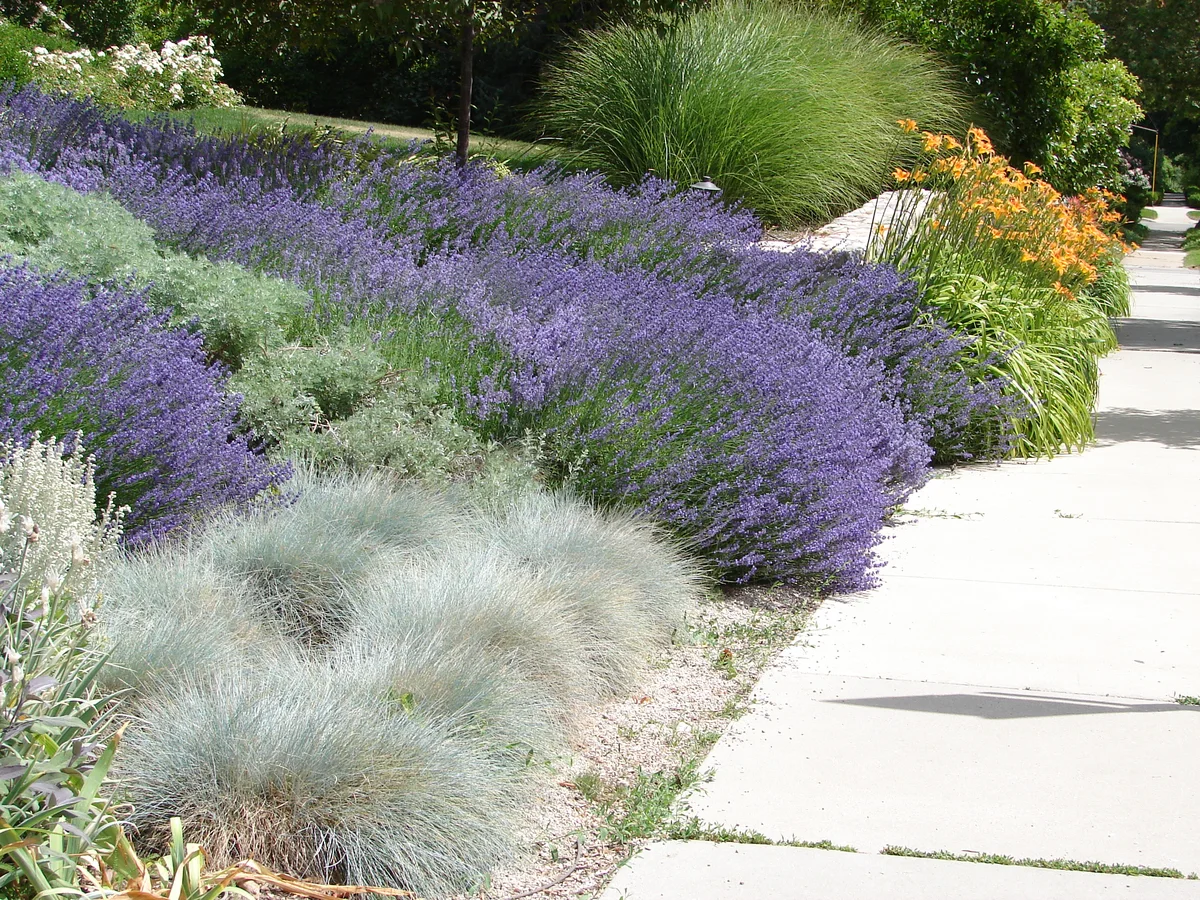
And one more thing: since our readership spans all USDA gardening zones, not to mention other countries and continents, I decided to keep my recommendations more general rather than too specific.
Take this list as a starting point from which to zoom in on what works in your specific (micro)climate.
For example, it may take two years to get a clover lawn started in a hot and dry climate while it only takes one season in a mild and humid one. A popular ground cover such as the dwarf periwinkle (Vinca minor) is easily manageable in most temperate climates, but it may be considered invasive in warmer climates.
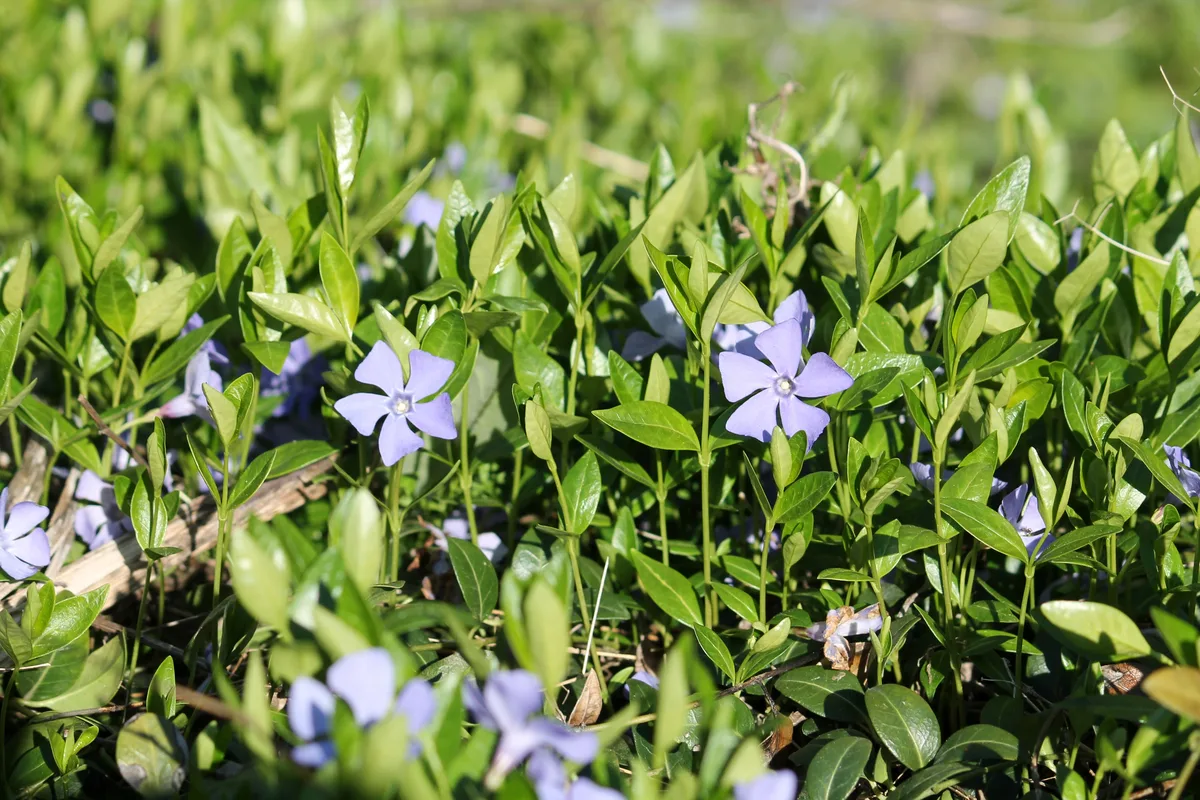
It’s always a good idea to do more localized research before you embark on any large lawn overhaul. You can start by seeking advice from your local university agricultural extension. You can consult local sustainable landscape designers and regenerative landscape advisors. And you should definitely ask for the advice of your local native plant society. You get the gist.
1. Clover (Trifolium)
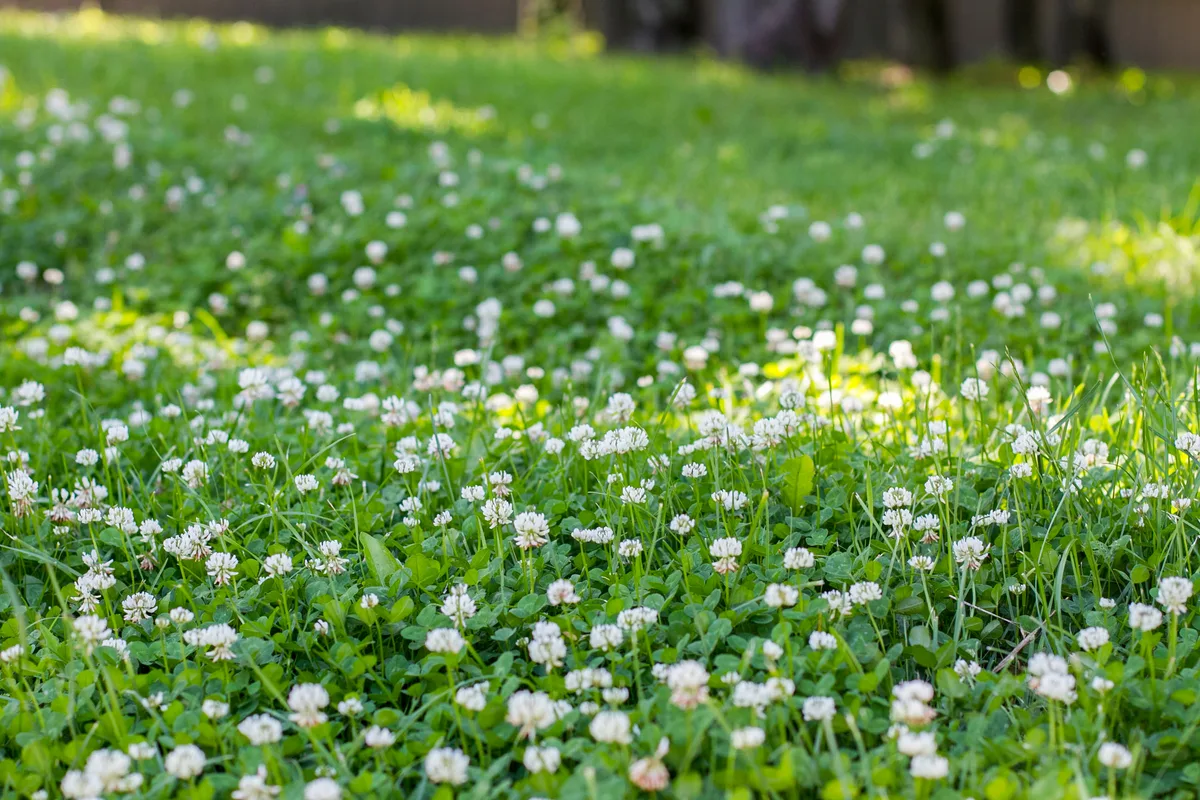
I chose to start with the humble clover because it’s becoming a popular lawn alternative. And for good reasons too.
Clover is a low-maintenance ground cover that is often planted for off-season growth in vegetable garden beds due to its nitrogen-fixing properties. Its roots permeate deep into the soil and aerate it while its flowers provide a nutritious snack bar for pollinators. Reaching the blooming stage will take a bit of patience though, as most clover varieties will mature and bloom only after their first year.
As it’s getting established, clover requires a bit more watering during hot dry summers. But as it matures, it gradually needs less water to no water at all due to its strong root system. The clover lawn doesn’t need mowing or fertilizing. In fact, it can act as a green fertilizer for other plants if you trim it down and use it as mulch or work it into the ground at the base of the other plants.
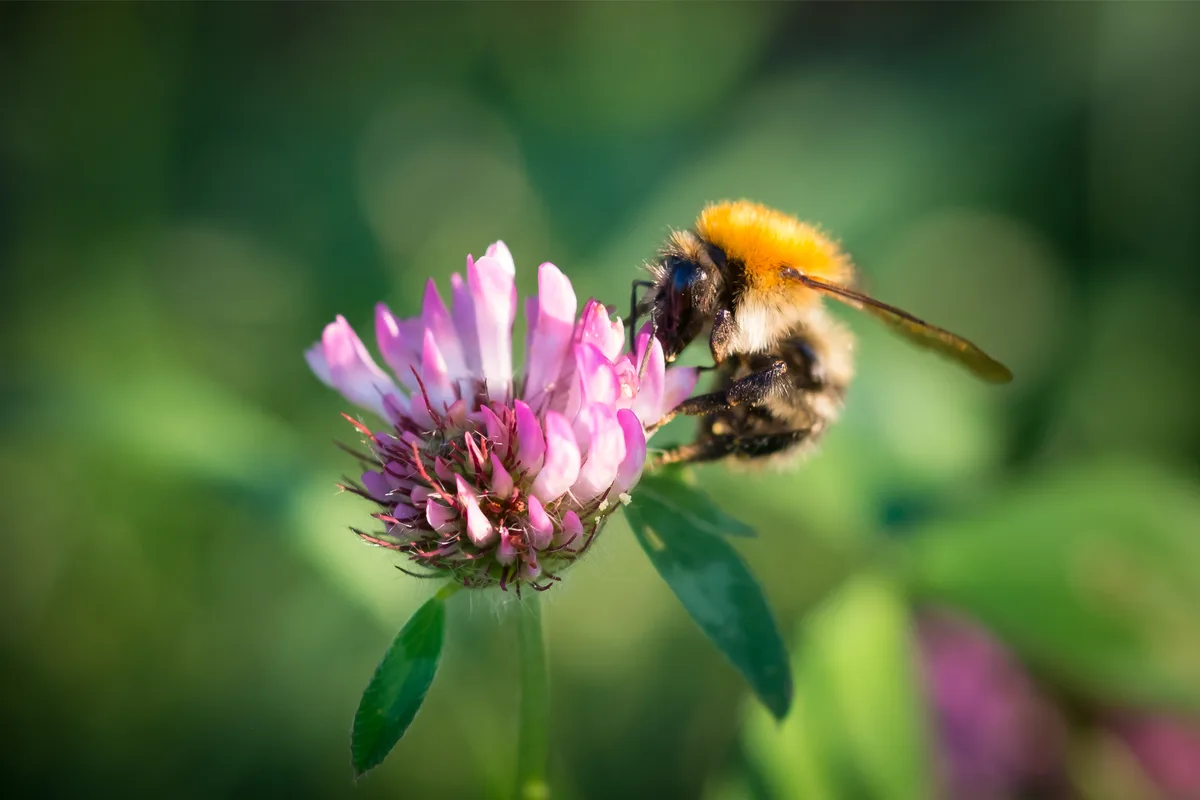
Clover is a perennial, but it does need some reseeding every couple of years to fill in the gaps. This ground cover is the perfect choice for areas with high foot traffic.
The most common variety is the Dutch white clover, but there are so many other colorful varieties to choose from, such as:
Strawberry clover (Trifolium fragiferum)
Swedish clover (Trifolium hybridum)
Dark Dancer clover (Trifolium repens ‘Atropurpureum’)
Red clover (Trifolium pratense)
4 Luck Red Stripes Clover (Trifolium repens ‘Red Stripes’)
2. Microclover (Trifolium repens)
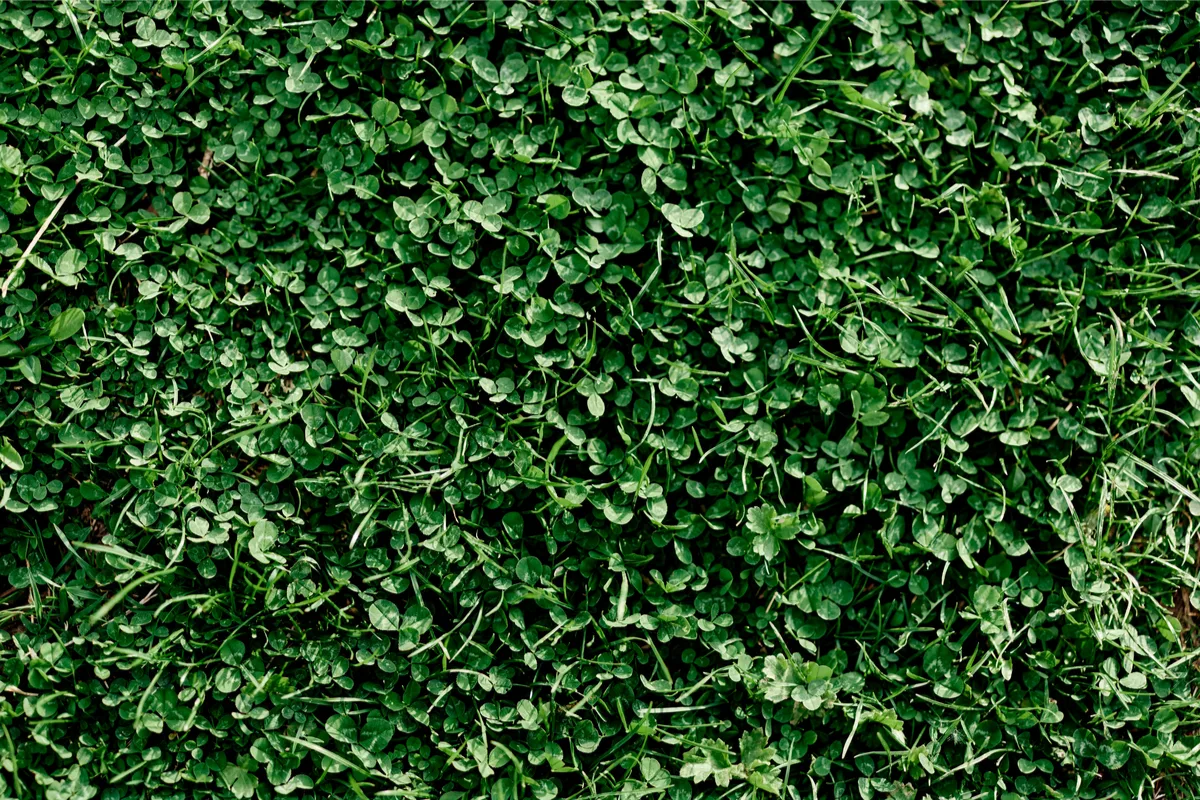
I’m mentioning microclover separately for the readers who prefer a non-blooming type of clover that resembles a grass lawn more than it does a clover lawn. Microclover has been bred and perfected in Denmark specifically for use in golf courses and sports fields.
In addition to having the same advantages as using clover, microclover has compact low growth and, due to its fine leaves, it doesn’t get slippery when it gets wet.
There are a few varieties of microclover that you can choose for your lawn: Trifolium repens ‘Pipolina’, Trifolium repens ‘Pirouette’ and Trifolium repens ‘Aberace’.
3. Blue lilyturf (Liriope muscari)
Not really grape hyacinth muscari and not quite creeping lilyturf, Liriope muscari is an evergreen perennial grass that can be used as a low-growing ground cover for low-water gardens.
Due to its tolerance to drought, it’s a good plant to grow under trees and shrubs where not much else can compete with the dense root structure. The deep-purple flowers grow above the foliage crown and last until late fall.
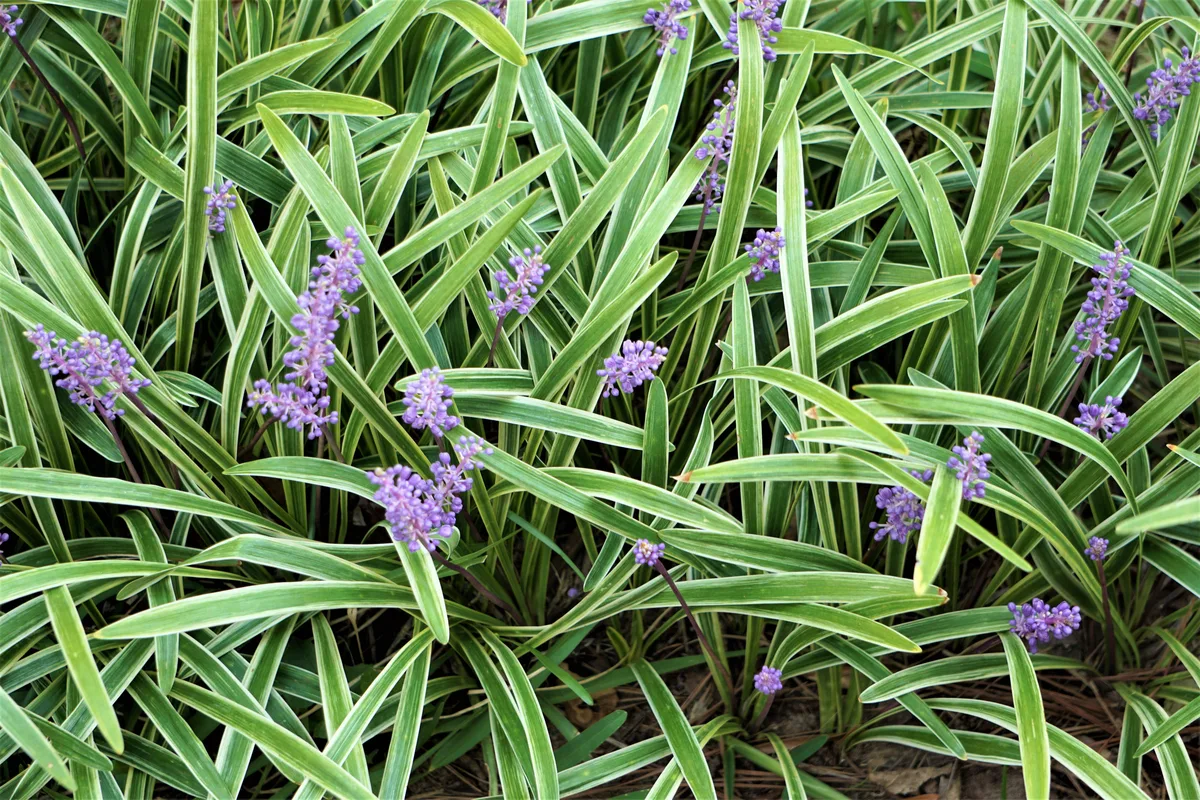
You can plant Liriope muscari in partial shade and full shade. If it becomes a bit too crowded, you can trim back the old foliage in the winter and divide the clumps in spring. This fast-filling habit makes it an affordable ground cover because you don’t need too many plants to cover a larger area.
You can use blue lilyturf on slopes and banks to prevent erosion and it gets bonus points for not being appetizing to deer and rabbits.
Unlike its distant cousin, the creeping lilytuf (Liriope spicata), the blue variety doesn’t spread fast and can be easily kept in your desired areas.
4. Creeping thyme (Thymus)
How often can you say that walking on your lawn releases a divine fragrance? Well, if you choose to plant creeping thyme as a lawn alternative, that won’t sound so crazy.
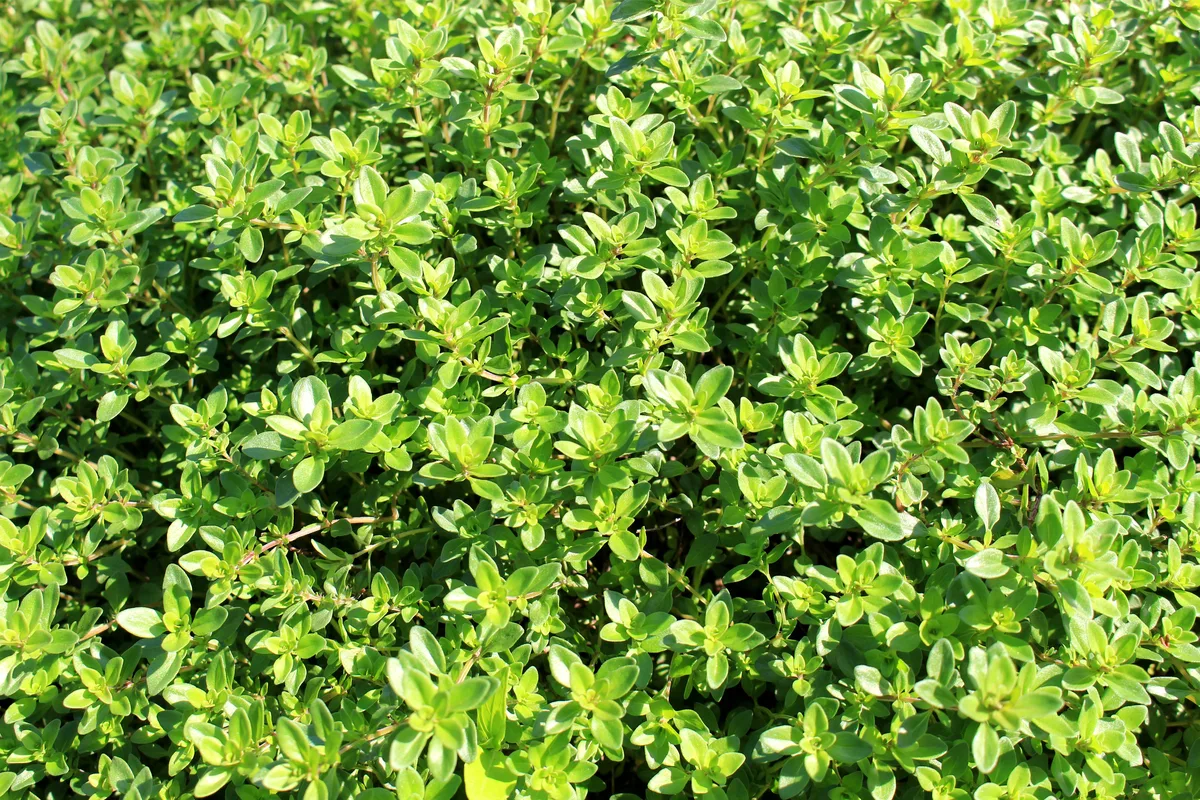
Creeping thyme is a herbaceous low-growing perennial that has long-lasting flowers in various shades of pink, purple and white.
Depending on how many plants you decide to splurge on, after about three years of growth, it forms a dense mat that can handle moderate foot traffic. It’s a fully edible evergreen that grows well in USDA zones 4 to 9. You can harvest it in the morning for fresh consumption or dry it and store it for winter.
A few varieties of creeping thyme that you can look for are:
‘Bressingham’ creeping thyme (Thymus doerfleri ‘Bressingham’)
White creeping thyme (Thymus serphyllum ‘Albus’
Red flowering creeping thyme (Thymus praecox ‘Coccineus’)
Pink creeping thyme (Thymus praecox ‘Pink chintz’)
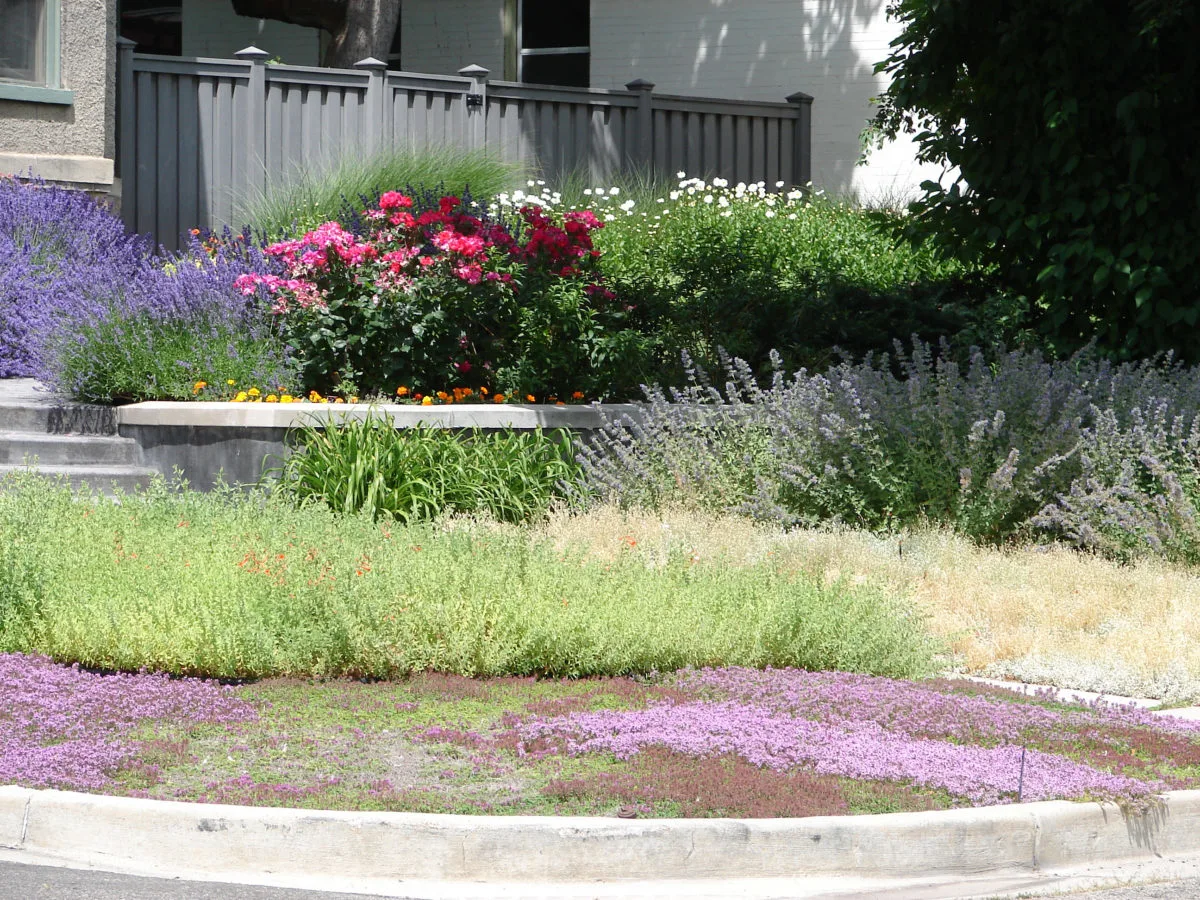
You don’t have to choose between these varieties though. You can create a beautiful mosaic lawn by combining the colors and textures of several types of creeping thymes.
For an excellent guide on how to get a creeping thyme lawn started, have a look at the guide on Rural Sprout.
5. Silver ponyfoot (Dichondra argentea)
Silver ponyfoot has a rather unfortunate name. It is more heart-shaped than anything else, and its spreading habit resembles more that of strawberries (sending runners that root at nodes).
In addition to the fact that it’s edible (though on the bitter side), Dichondra is also drought tolerant and can be planted in the shade.
It’s relatively low-growing, although the more mature foliage can reach six inches high. You can walk on silver ponyfoot without any fear of wearing it down and it’s highly resistant to pests and diseases.
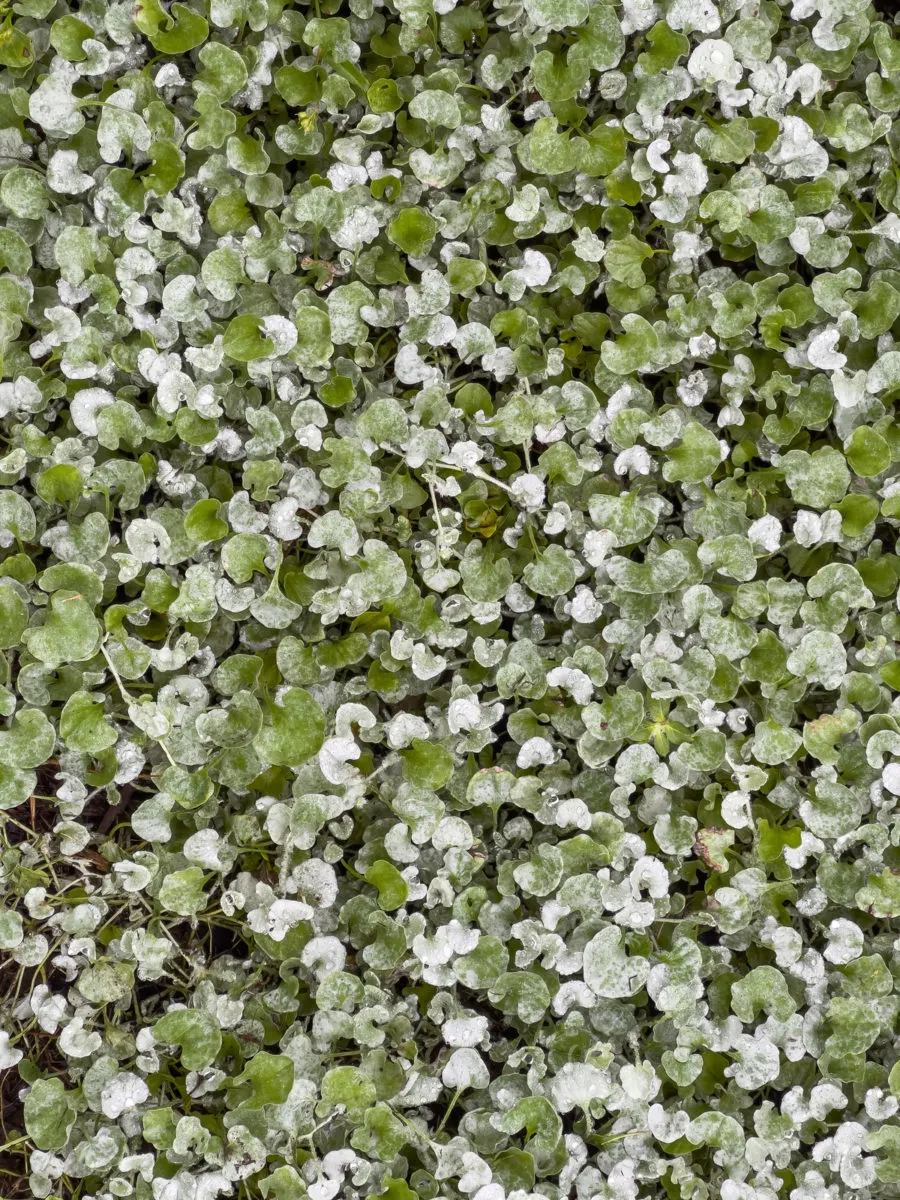
Used as a ground cover, Dichondra can cover a large swath of lawn relatively quickly with bright green or silvery matted foliage. You can also use it on slopes and banks. You should keep the runners in check by trimming them back to the nearest node once a month.
According to North Carolina State University Gardener Extension, Dichondra is native to the desert regions of the United States and Mexico, so you can safely use it in native gardens in these areas.
6. Cushion moss (Leucobryum)
Leucobryum has been experiencing a surge in popularity with landscapers in damp climates.
This moss is easy to care for and it’s the perfect groundcover for a shady garden. When moist, cushion moss is a vibrant blue-green color, but it turns silvery white when it lacks moisture.
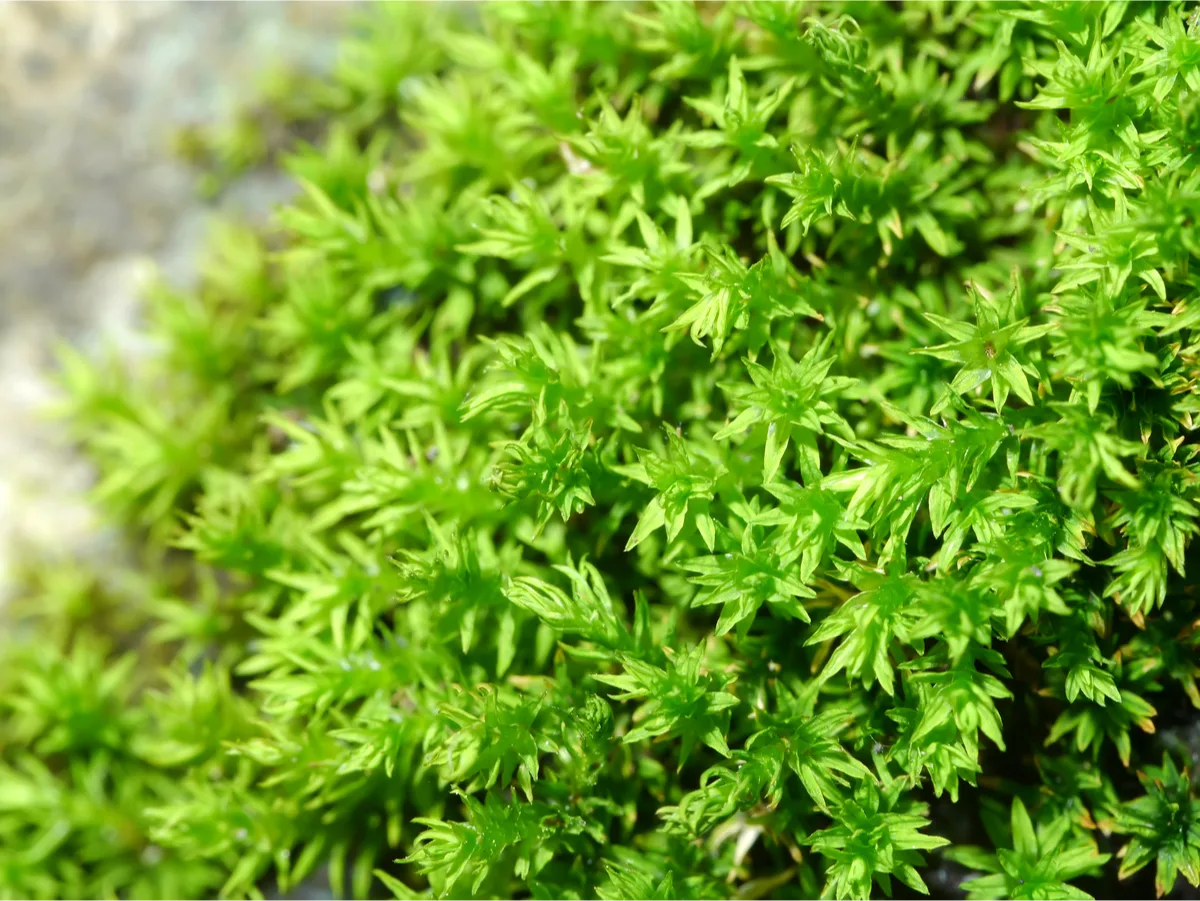
Here’s how cushion moss looks like up close. From a distance, it will look and feel like a soft mat.
Don’t worry, like most mosses, it will turn back to green when it’s watered. Its white state when dry is the reason for its nickname “white moss” or “white fork moss”. However, the “cushion” part of the nickname is due to its growth pattern – in mounds that resemble a pincushion rather than as a flat sheet.
7. Sedge (Carex remota)
Sedges are grass-like plants that can tolerate shade and variations in temperature and humidity. The most popular garden sedges that can be used in low-water gardens belong to the genus Carex.
Their evergreen foliage is deep and rabbit resistant. Sedges can be trimmed back in spring to help with rejuvenation and to clean up the frayed leaves, but they don’t require much maintenance otherwise.
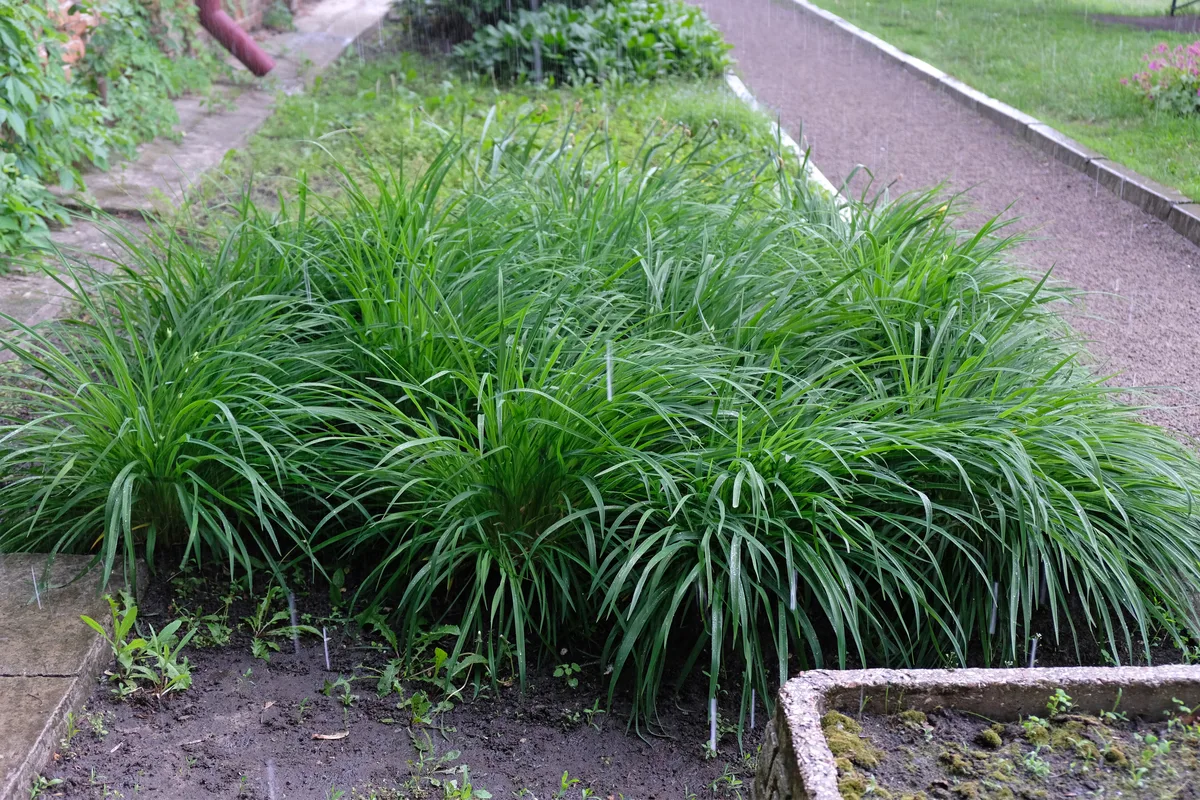
Because sedges originate from different parts of the world, there are likely several varieties that will do well in any type of gardening conditions (from sun to shade and from low-moisture to high-moisture). Ask your local plant nursery what sedge grows well in your climate. Here are a few popular types to get you started.
Common sedge (Carex blanda)
Remote sedge (Carex remota)
White-tinged sedge Carex albicanis
Rosy sedge (Carex rosea)
Red rooster sedge (Carex buchananii)
Woodland sedge (Carex sprengelii)
Bronze-leaved sedge (Carex comans ‘Bronze Form’)
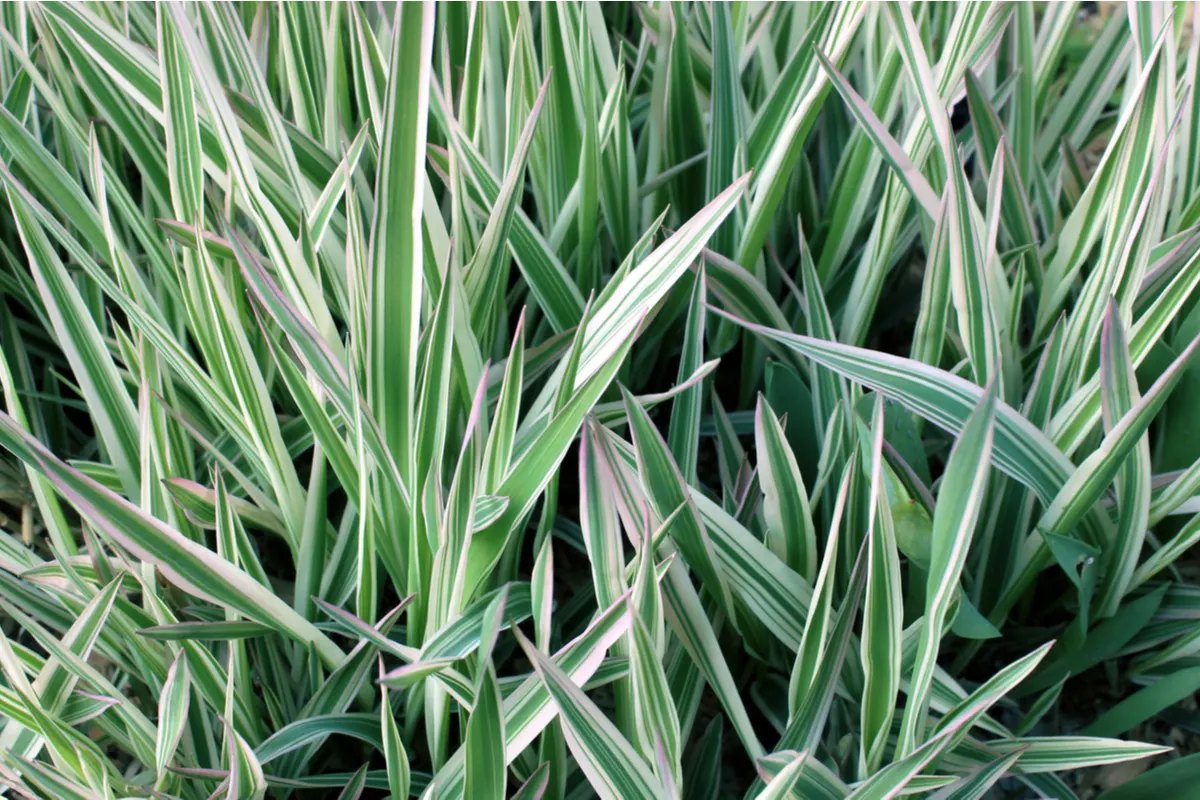
8. Woodruff (Galium odoratum)
This ground cover plant is also known as Sweet woodruff, due to its delicate white flowers that release a strong floral perfume. The flowers are harvested and used to make aromatized wine in some parts of Germany, Belgium and France.
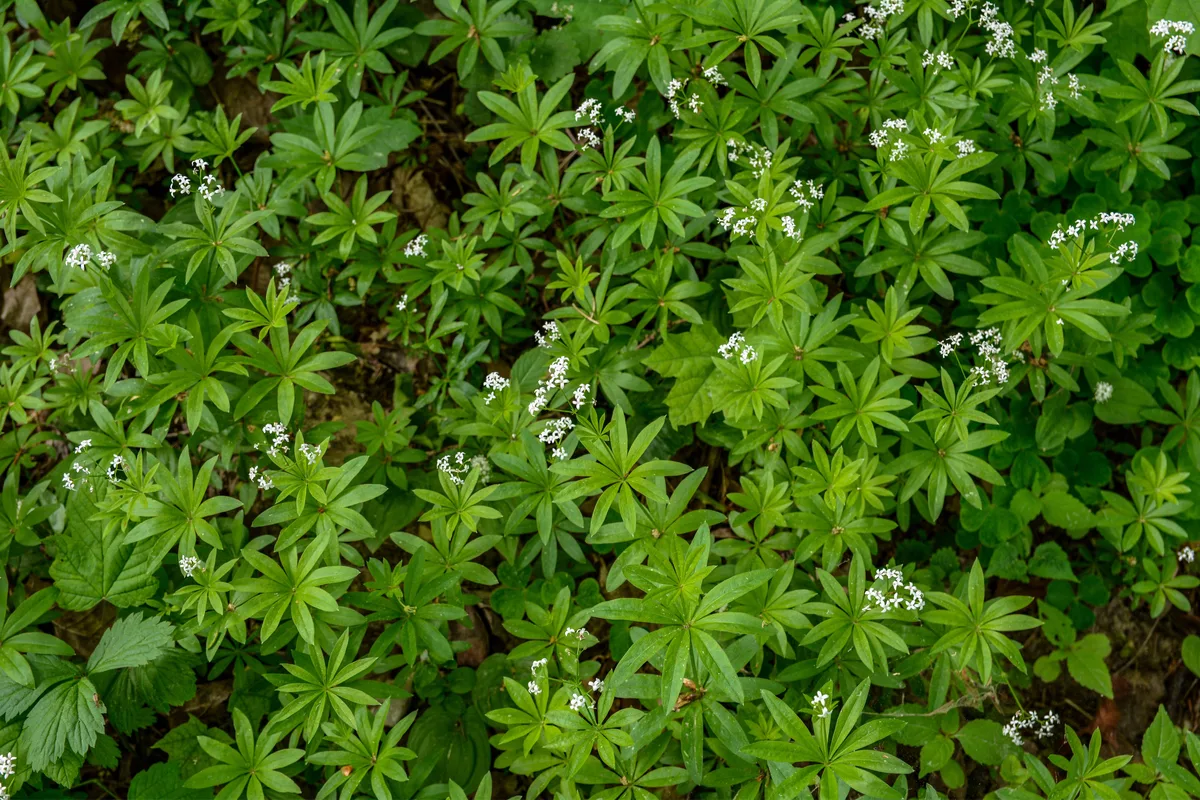
Woodruff is a good choice for part-shade and full-shade areas in your garden that stay relatively moist.
Keep in mind that this plant can’t handle too much hot afternoon sun, especially in combination with high temperatures when the leaves tend to become limp and scorched. This perennial plant can grow in almost all types of soil, whether sandy, loamy or clay.
9. Cottoneaster (Cotoneaster dammeri)
Cottoneaster or bearberry cotoneaster is a semi-evergreen shrub that is very easy to grow, which makes it the perfect lawn alternative for slopes and banks.
It grows up to about one foot tall with a trailing habit that creeps along the surface of the soil as it spreads. This makes it easy to propagate by layering it and moving the new growth around in your garden as soon as it forms its own root structure. In most climates, it can spread up to six feet wide at maturity.
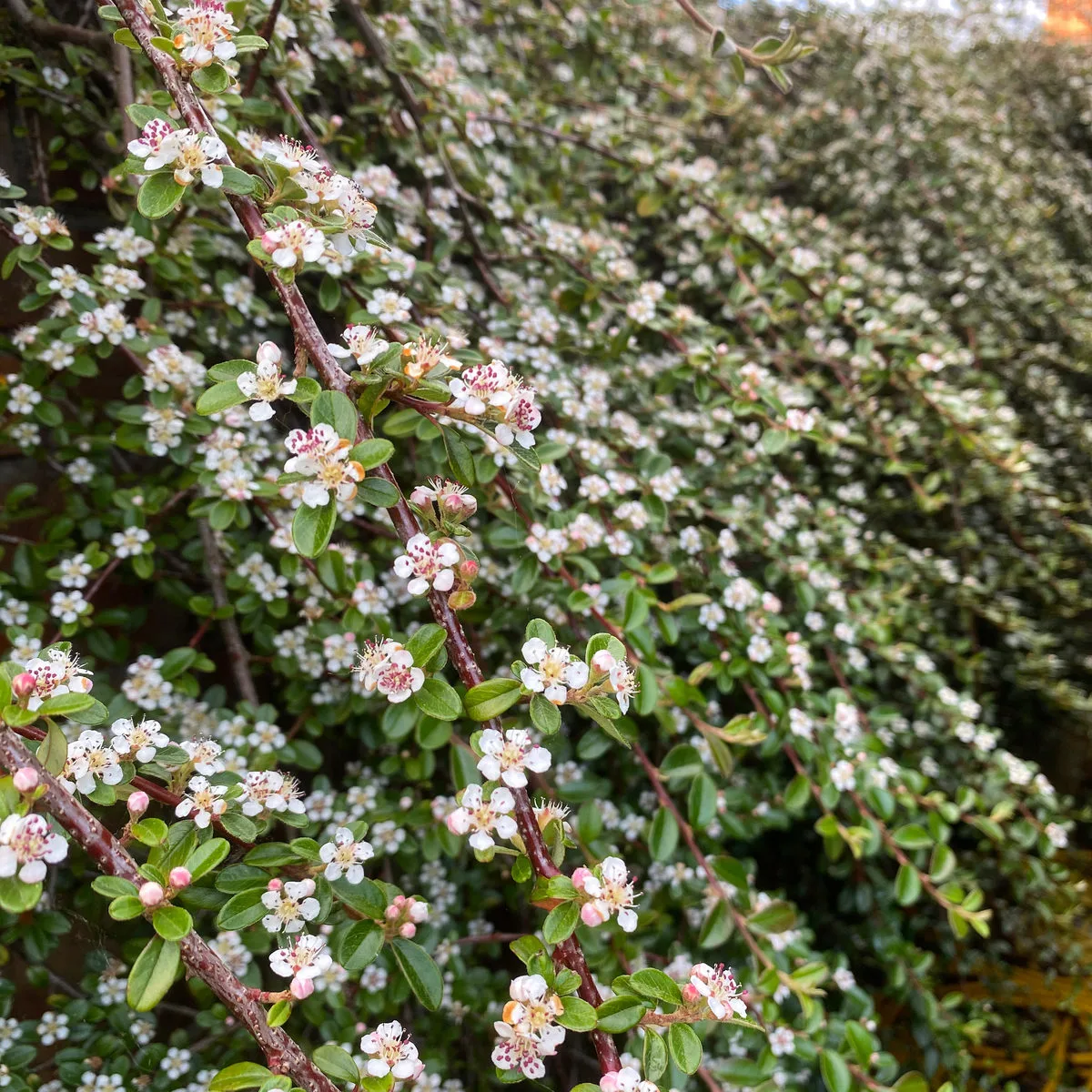
The tiny white flowers that bloom in spring give it the “cottoneaster” moniker, while the “bearberry” nickname is due to the red berries that follow the bloom. The berries (not suitable for human consumption) are a bright pop of color that last until winter. Its green foliage turns purple-red in the fall.
The cottoneaster shrub is drought-tolerant, but it should be watered if the temperatures get too high. It needs full sun to thrive and may need protection in cold winters.
10. Snow-in-Summer (Cerastium tomentosum)
This groundcover perennial can grow well in virtually all USDA zones, which makes it a favorite for border-filling as well as a lawn alternative. The silvery foliage is topped with white blooms all through the summer (just like snow … in summer).
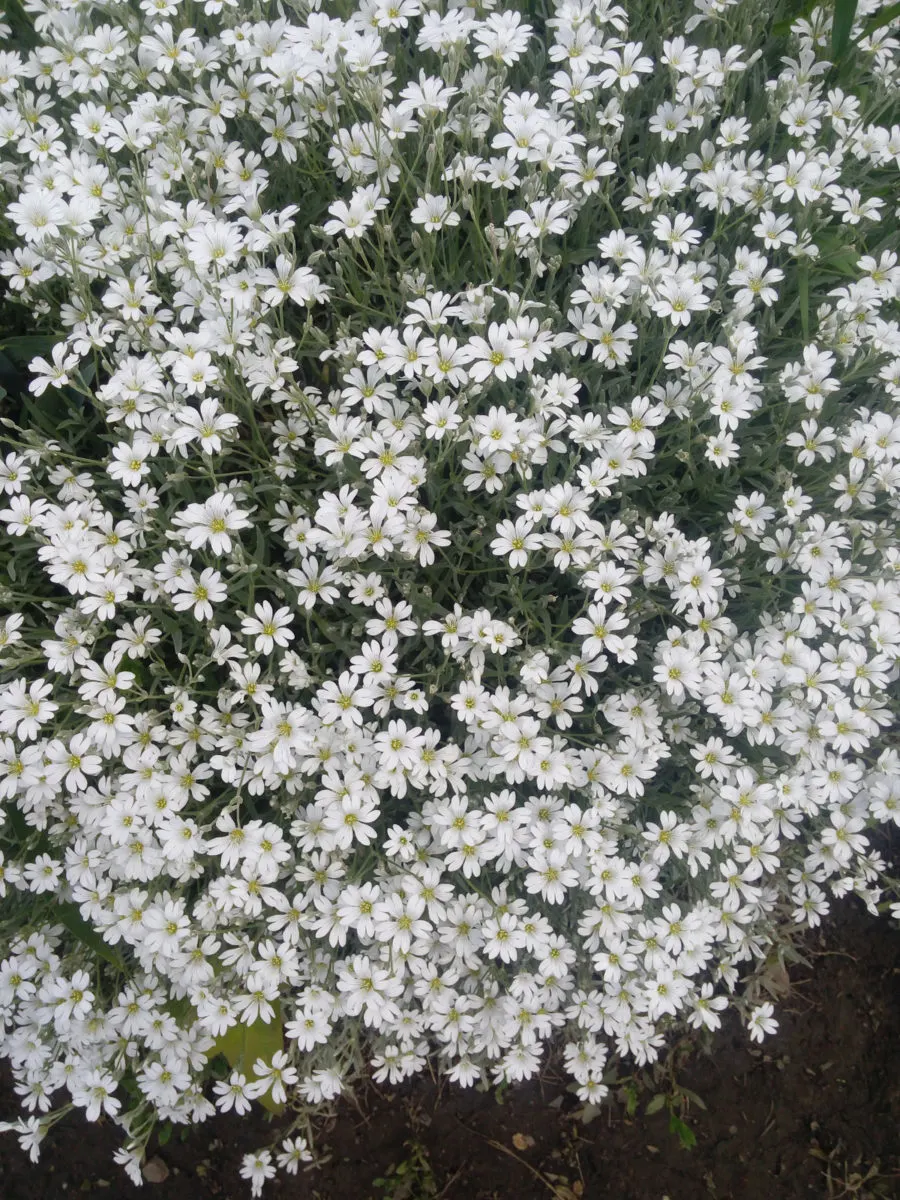
Snow in summer is drought-tolerant and can handle poor soil conditions. Due to its muted color and growth habit, it makes a wonderful companion for more vibrant perennial blooms.
It does well in the sun, but you can also grow it in part-shade. Divide the clumps in spring or fall to get a better return on your investment.
11. Moneywort (Lysimachia nummularia)
I left moneywort as the last suggestion on my list because, for such a small plant, it tends to stir a lot of feelings in people. Before you plant any type of moneywort as a ground cover, you should check whether the plant has been deemed invasive in your area.
If you live in a boggy and marshy area or a generally damp and humid climate, moneywort will spread very fast. If you do decide to risk it, make sure you plant it in an area that has strict borders (stone, wood or metal will do) or between garden path stones.
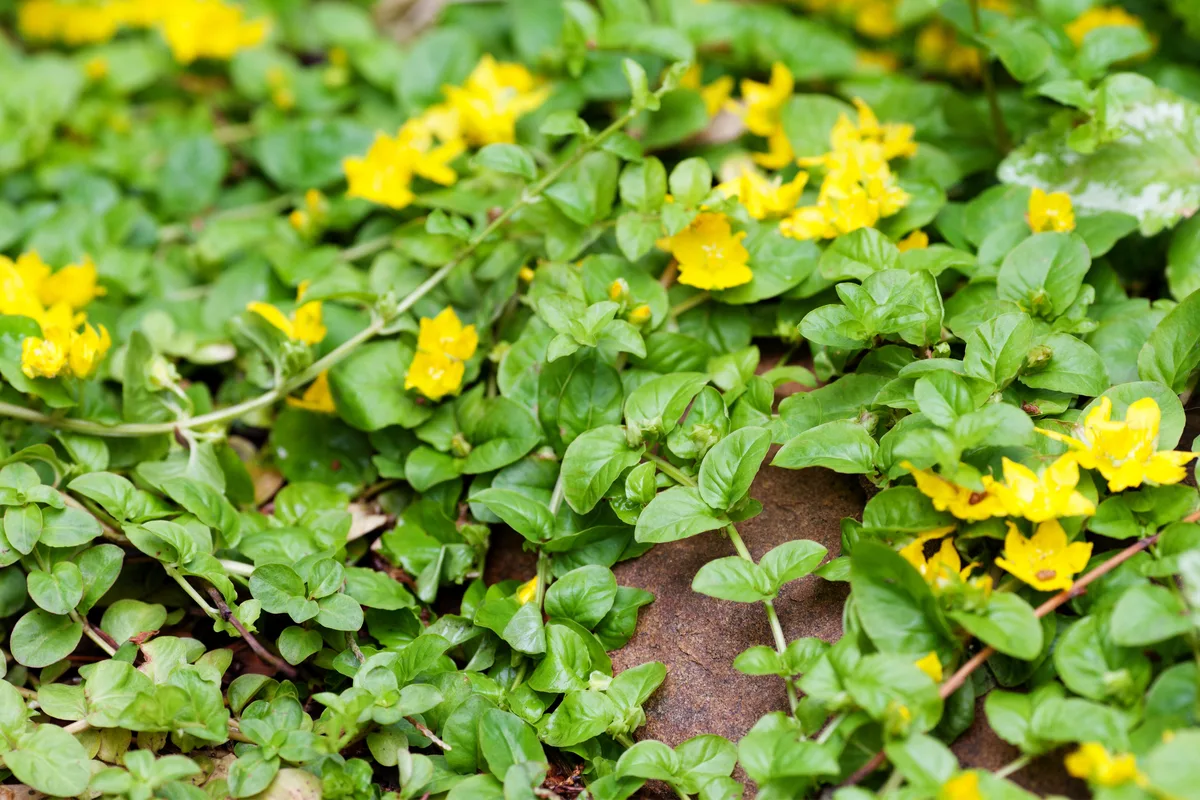
In dryer climates, moneywort doesn’t spread as fast and can be easily controlled. It grows well in poor soil, which is another scenario that slows down its spread. This groundcover also tolerates full shade and moderate foot traffic. It’s a low grower (about two inches tall) and remains evergreen in climates with mild winters.
Note that this is not the same plant that is commonly known as “moneywort” by aquarium keepers and aquascaping professionals.
I hope these have been helpful suggestions for a lawn replacement. Remember that whatever you choose will generally take a couple of years to get established and start growing to its full potential, so planning and patience will pay off.
